Changing Consumer Preferences
Consumer preferences are shifting towards more interactive and engaging shopping experiences, which is a key driver for the virtual reality-retail market. Today's consumers, particularly millennials and Gen Z, are increasingly seeking unique and personalized shopping experiences. This demographic is more inclined to embrace technology, making them prime candidates for VR shopping. Research indicates that 70% of younger consumers express interest in using VR for shopping, highlighting a significant opportunity for retailers. As brands recognize this trend, they are investing in VR solutions to meet these evolving preferences. This shift not only enhances customer satisfaction but also fosters brand loyalty, ultimately contributing to the growth of the virtual reality-retail market.
Investment in VR Infrastructure
Investment in VR infrastructure is a pivotal factor propelling the virtual reality-retail market forward. Retailers are increasingly allocating resources to develop VR capabilities, including virtual showrooms and interactive experiences. This investment is not limited to large corporations; small and medium-sized enterprises are also recognizing the potential of VR to enhance their market presence. According to industry reports, spending on VR technology in retail is projected to reach $6 billion by 2025. This influx of capital is likely to lead to the development of innovative VR applications that cater to diverse consumer needs. As more retailers adopt VR technology, the market is expected to expand, creating a competitive landscape that encourages further innovation.
Integration of E-commerce and VR
The integration of e-commerce platforms with virtual reality technology is transforming the retail landscape, serving as a crucial driver for the virtual reality-retail market. Retailers are increasingly leveraging VR to create seamless online shopping experiences that mimic physical store interactions. This integration allows consumers to browse products in a virtual environment, try them on, and make purchases without leaving their homes. Data suggests that e-commerce sales in the US are expected to surpass $1 trillion by 2025, and the incorporation of VR could significantly enhance these figures. By providing a more engaging shopping experience, retailers can potentially increase conversion rates and reduce return rates, thereby driving growth in the virtual reality-retail market.
Technological Advancements in VR
The virtual reality-retail market is experiencing rapid technological advancements that enhance user experience and engagement. Innovations in VR hardware, such as improved headsets and motion tracking systems, are making virtual shopping more immersive. For instance, the introduction of wireless VR headsets has increased accessibility, allowing consumers to shop from the comfort of their homes. According to recent data, the VR hardware market is projected to reach $12 billion by 2025, indicating a robust growth trajectory. These advancements not only attract tech-savvy consumers but also encourage traditional retailers to adopt VR solutions, thereby expanding the virtual reality-retail market. As technology continues to evolve, it is likely that the market will see even more sophisticated applications, further driving consumer interest and investment.
Enhanced Data Analytics Capabilities
Enhanced data analytics capabilities are emerging as a significant driver for the virtual reality-retail market. Retailers are increasingly utilizing data analytics to understand consumer behavior and preferences within virtual environments. By analyzing user interactions in VR, businesses can gain insights into shopping patterns, product preferences, and engagement levels. This data-driven approach allows retailers to tailor their offerings and marketing strategies more effectively. As a result, the virtual reality-retail market is likely to benefit from improved customer targeting and personalized experiences. Furthermore, the ability to track and analyze consumer behavior in real-time can lead to more informed decision-making, ultimately driving growth and innovation in the market.


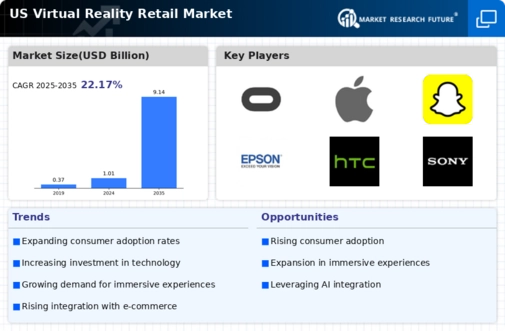
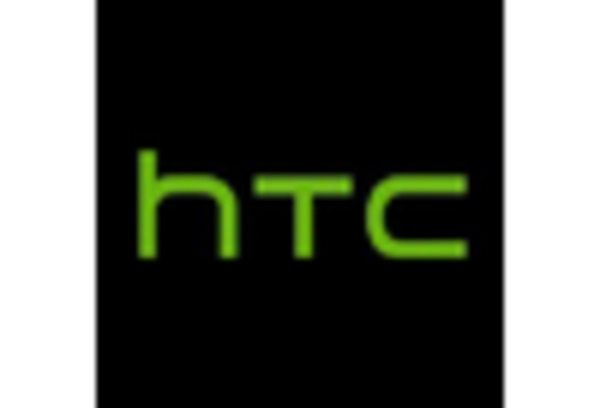

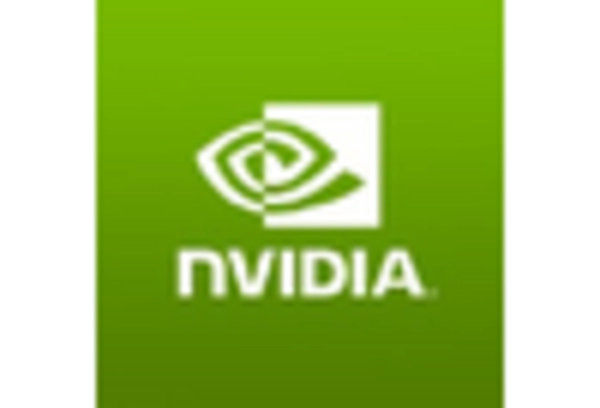
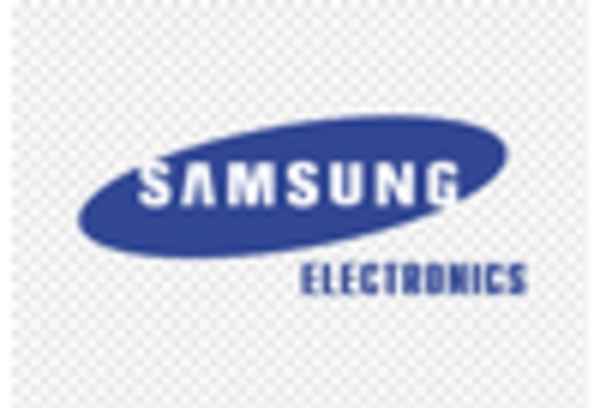
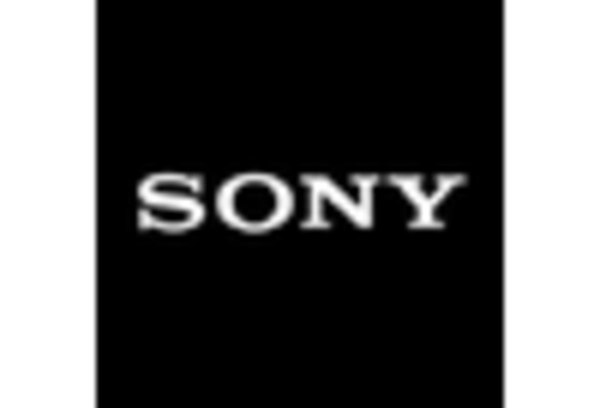
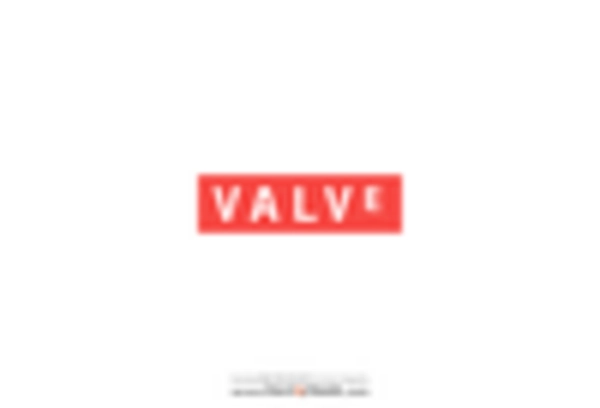








Leave a Comment